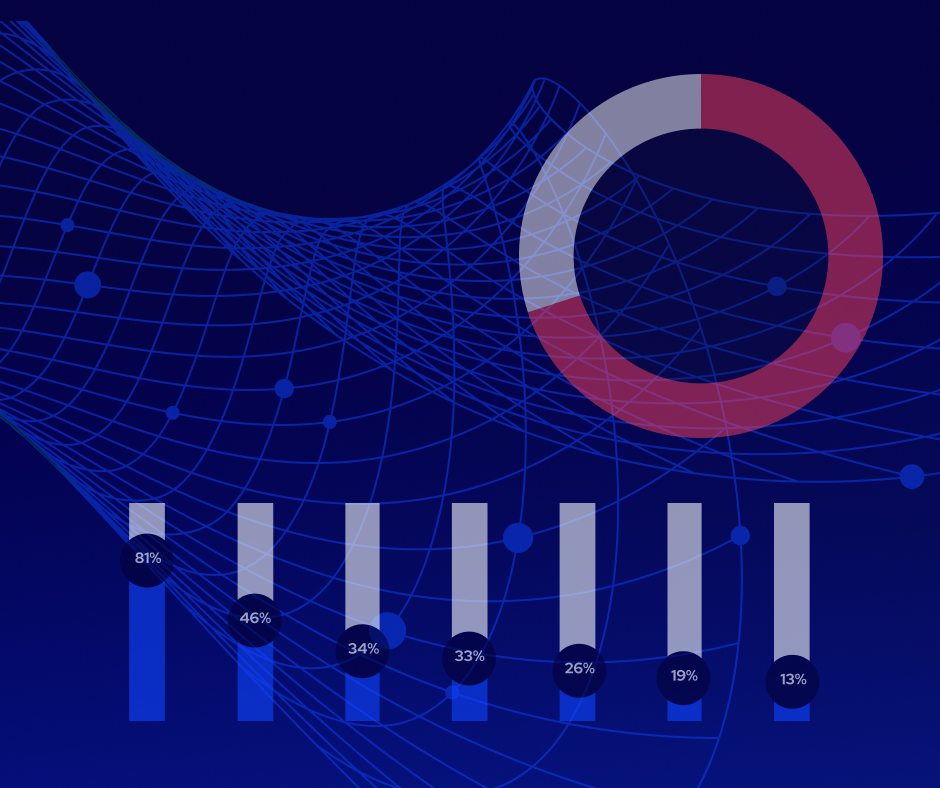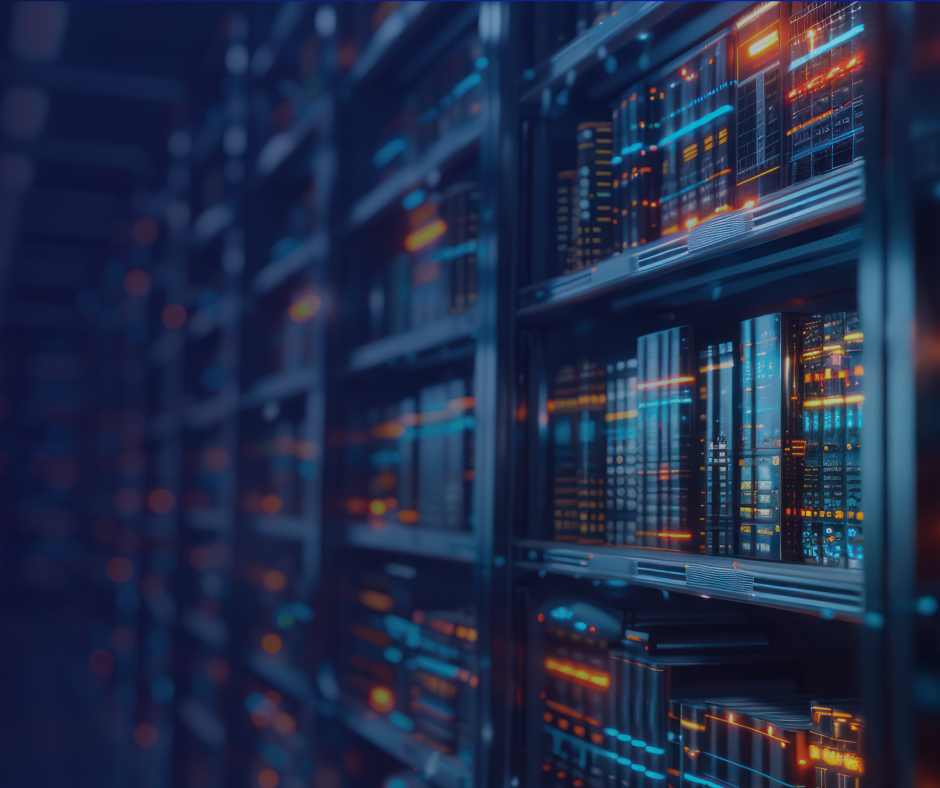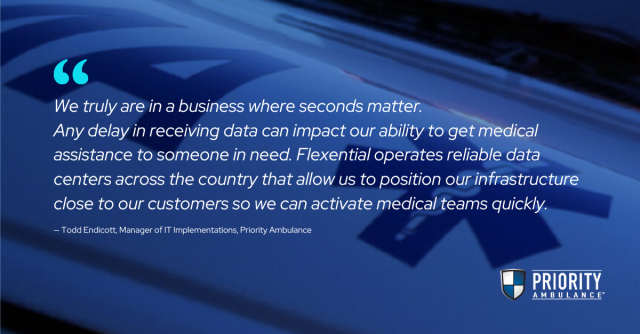4 reasons you need an edge strategy now
As data demand reaches critical mass, businesses of all sizes are rethinking their data and compute strategies.

The proliferation of Artificial Intelligence (AI) and the Internet of Things (IoT) in our daily lives is driving a profound change in the way computing workloads are deployed. Add to that 5G and the dramatic rise in mobile device usage, and it’s easy to see why many organizations are shifting their compute and data to the geographical edge of their enterprises where they can deploy as close as possible to end users and devices.
Gartner estimates that by the end of 2025, 75 percent of data will be processed outside the traditional data center or cloud.
IT infrastructure today was designed to handle hundreds of gigabytes (GB), not terabytes (TB), as is expected in the near future. Couple that with companies' renewed focus on improving customer experience and protecting their respective brand reputations, and it’s clear that the threats and opportunities of the “data avalanche” are real in today's volatile economic environment.
Here are the top four reasons your organization needs an edge strategy now:
1. AI and IoT are everywhere in the enterprise edge
The world of AI and IoT has arrived, and with it, a deluge of mobile devices to command all that connectivity. Whether we’re using smart devices to watch remotely as packages are delivered to our doorsteps, manage the temperature in our homes, or monitor our personal health and fitness, we’re still just in the nascency of an epic digital transformation. IoT will deliver services never before imagined in areas of agriculture, smart cities, autonomous vehicles, and so much more. These advancements represent some of the best value-creating innovations by leveraging existing assets and identifying new opportunities at the fringes of business.
2. Gaming graphics and video streaming are driving capacity needs
With virtual reality and gaming advances on the rise and an imminent increase from 4K resolution video to a much higher 8K, it’s apparent we’ll have capacity issues. By processing game data closer to players (rather than sending it to distant data centers), providers can optimize video workflows, reduce transit costs, and deliver a higher-quality, low-latency stream to viewers. This approach exemplifies how edge strategy hits can be leveraged to achieve growth by focusing on incremental innovations and optimizing existing assets.
3. The convergence of 5G and edge computing will drive business
Mobile carriers are fully invested in 5G, which brings higher speeds, lower latency, and the ability to connect a lot more devices at once. Therefore, the amount of traffic at the edge will be exponentially higher than the current infrastructure can support. Enterprises will need to make swift and measured decisions regarding which data will be processed and where. Understanding how the boundaries of existing services can be redefined with 5G is crucial for leveraging new growth opportunities.
4. Cost considerations for profitable growth
There is a significant cost to moving thousands of terabytes of data over long distances. By processing data closer to end users, enterprises can reduce bandwidth usage and costs while ensuring that applications can be accessed efficiently and securely at remote locations. Successful movement to the edge requires smart, prompt decisions about which data needs to be processed at the edge, which data can be dropped, and which data should be sent back to the core data center for analytics, archive, and storage. These cost considerations can vary significantly across specific business contexts, emphasizing the need for tailored strategies.
Today's decisions in today's volatile economic environment will drive future success
Businesses need to make plans now about where to process their data, and where the edge comes into play. Smart decisions made today can impact your business for years to come. But don’t go it alone. Seek qualified partners to help you create a working strategy—sooner rather than later.







